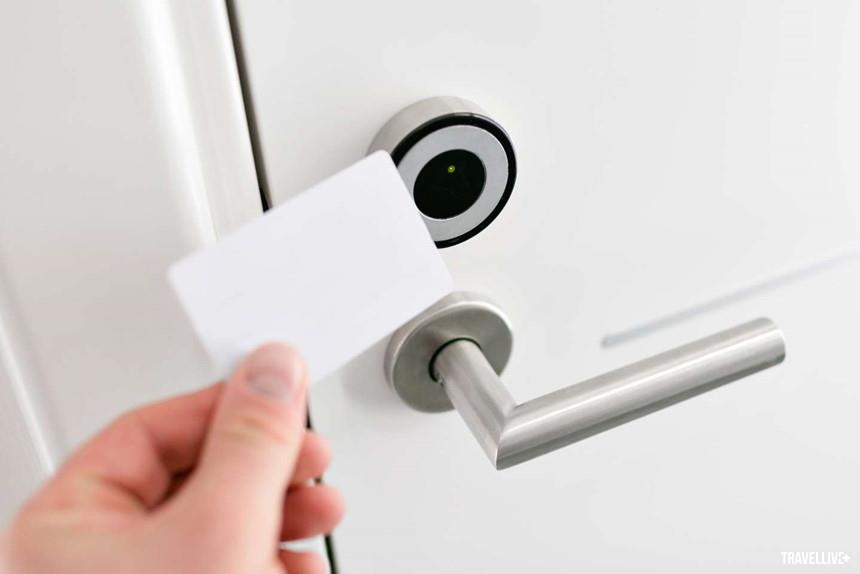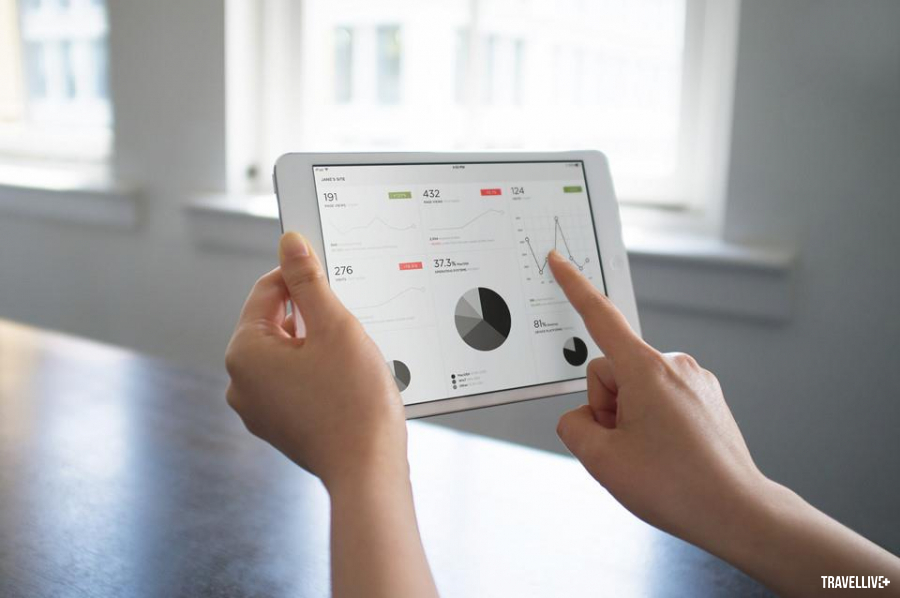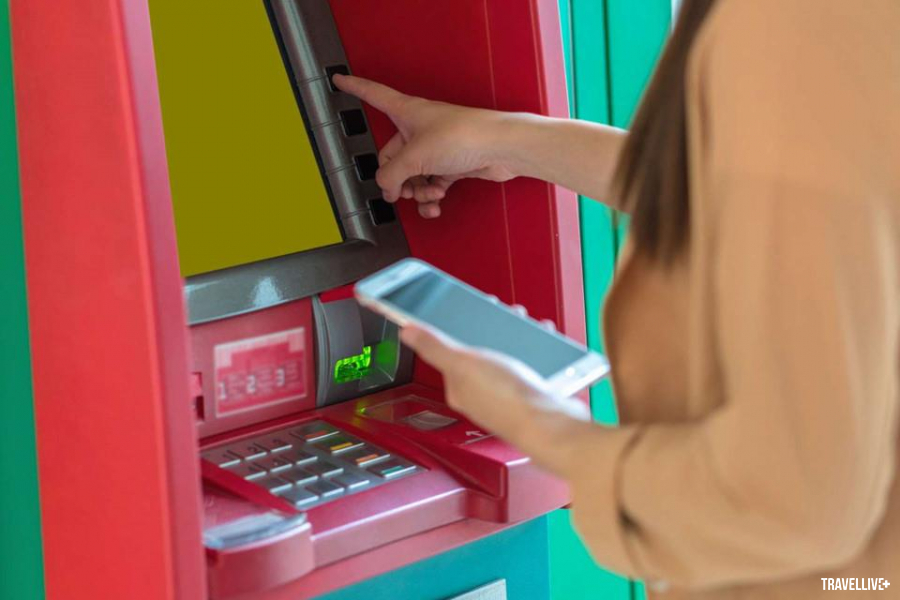Backpack
In 1938, Gerry Cunningham, a rock climber in Boulder, Colorado (USA), introduced a backpack made of nylon with a zipper. The backpack allowed the user to move hands-free, comfortably, and carry a large amount of belongings. Traveling with a backpack became the safest and best way to travel at that time. In the 1960s and 1970s, mountain climbing developed more progressively. Climbers used equipment and safety ropes to help the process of moving lighter with better performance.

Hotel key card
In 1974, Norwegian inventor Tor Sornes heard a report of a woman being attacked by an intruder in her hotel room. At the time, traditional hotel keys were metal and usually contained a name, address, and room number. The story inspired Sornes to create a door-opening system with a more secure mechanism. The invention, called the VingCard, was the world’s first programmable key card. The key card quickly became the global leader in room security in the hotel industry.

Suitcase
In the past, traveling was only for the rich, who hired people to help them carry large and heavy suitcases or trunks. In 1972, Bernard D. Sadow patented a suitcase with wheels. The invention of the suitcase revolutionized the travel industry. We can move our luggage easily with the suitcase gliding on the ground. Moreover, anyone with any health and age can easily pull the suitcase without effort or stress.

GPS (Global Positioning System)
GPS is a positioning system based on a network of 27 artificial satellites orbiting the Earth (of which 24 are operational), designed, built, operated and managed by the US Department of Defense. GPS was originally intended for military purposes only, but since 1980, the US government has allowed civilian use. Everyone is allowed to use some functions of GPS for free, regardless of nationality. In addition to the US-managed GPS that currently serves the entire planet, Europe, China and Russia are trying to produce their own positioning systems, which may come with user fees.

iPad
The iPad has revolutionized the airline industry by replacing the “flight library,” a collection of technical manuals. Previously, these documents were stored in the cockpit, taking up a lot of space on the plane. Now, the data is moved to the iPad. The crew can update information with the push of a button instead of having to search through the manuals. This change is not only more convenient and useful, but also helps save fuel when the plane is in operation.

ATM
The ATM was developed from three independent devices in England and Sweden, expanding banking services and avoiding crowded branches. With the advent of ATMs, travel became less cumbersome and dangerous, and spontaneous travel became more popular. The development of the ATM took a decade of trial and error, with consumers skeptical of the technology. Credit card sizes were standardized in the mid-1970s, and plastic ATM cards became the standard.


































